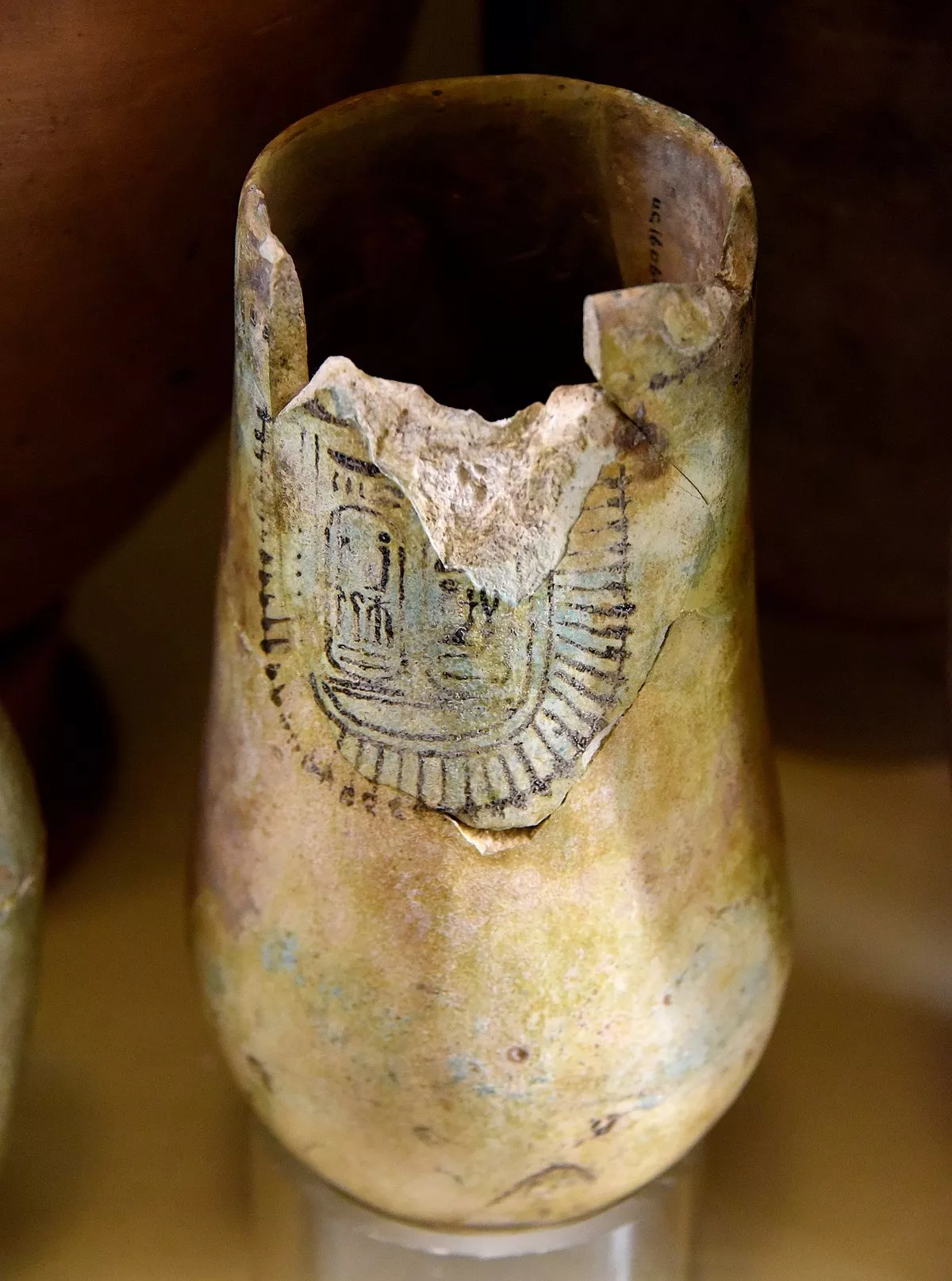 1.
1. Amenmesse was the fifth pharaoh of the Nineteenth Dynasty in Ancient Egypt, possibly the son of Merneptah and Queen Takhat.

 1.
1. Amenmesse was the fifth pharaoh of the Nineteenth Dynasty in Ancient Egypt, possibly the son of Merneptah and Queen Takhat.
Amenmesse means "born of or fashioned by Amun" in Egyptian.
Scholars Kenneth Kitchen and Jurgen von Beckerath have theorized that Amenmesse usurped the throne from Seti-Merneptah, who was Merneptah's son and crown prince and who should have been next in the line of royal succession.
Amenmesse was documented in power at Thebes during his third and fourth year where Seti II's Year 3 and Year 4 are noticeably unaccounted for.
Rolf Krauss, followed by Aidan Dodson, suggests that Amenmesse was once a Kushite Viceroy called Messuy.
Amenmesse's mother is known to be Queen Takhat, but who she is exactly is a matter of interpretation complicated by inscriptions being revised by Seti II and Amenmesse.
Amenmesse's wife was thought to be a woman named Baktwerel since she was buried in the same tomb as Amenmesse, KV10.
Some people believe that Seti II broke into the tomb and had Amenmesse's remains desecrated since his mummy was never found.
Amenmesse was responsible for restoring a shrine dating from Thutmose III that stands before a temple at El-Tod.
Amenmesse's mummy was not amongst those found in the cache at Deir el Bahri, and from the destruction of his tomb in the Valley of the Kings, it is assumed that Seti II took revenge upon his usurping half-brother.
Amenmesse was buried in a rock-cut tomb in the Valley of the Kings which is identified as Tomb KV10.